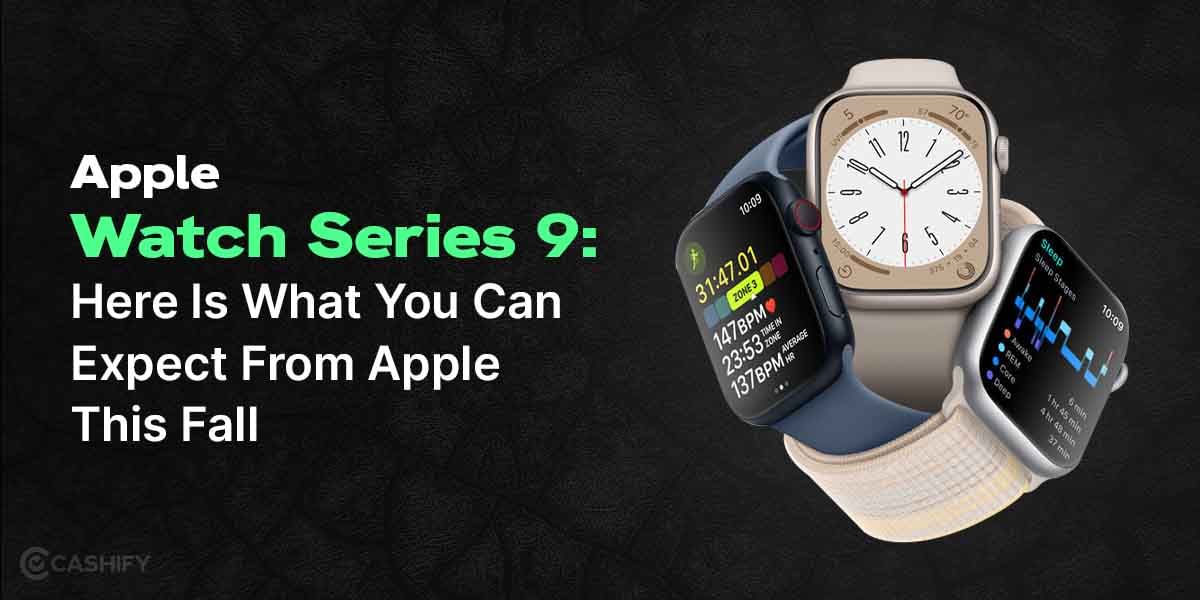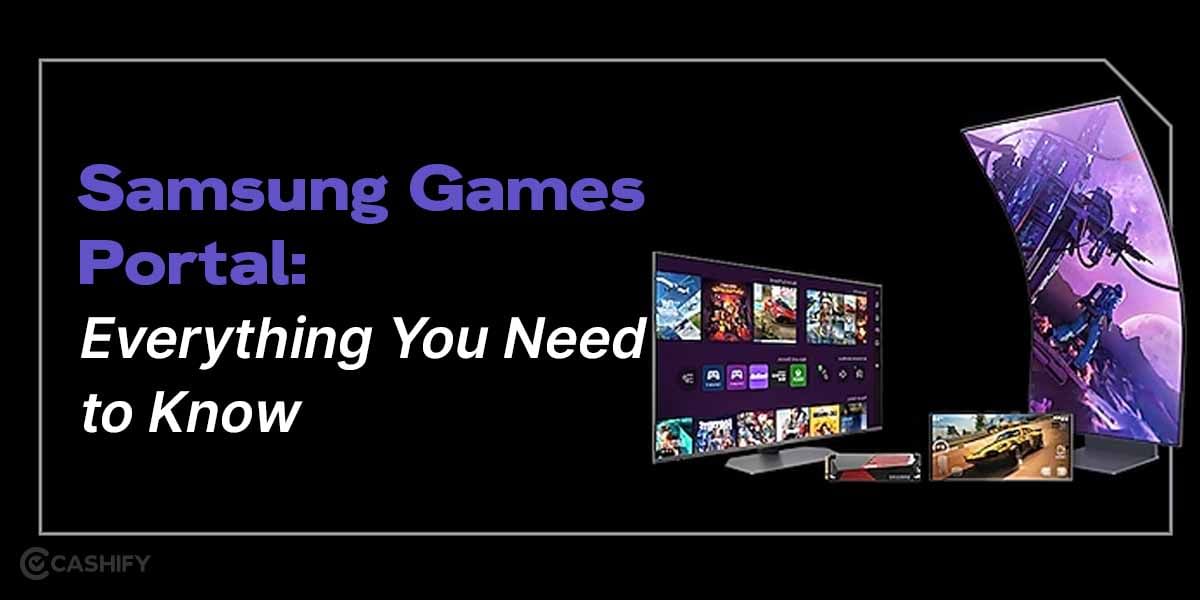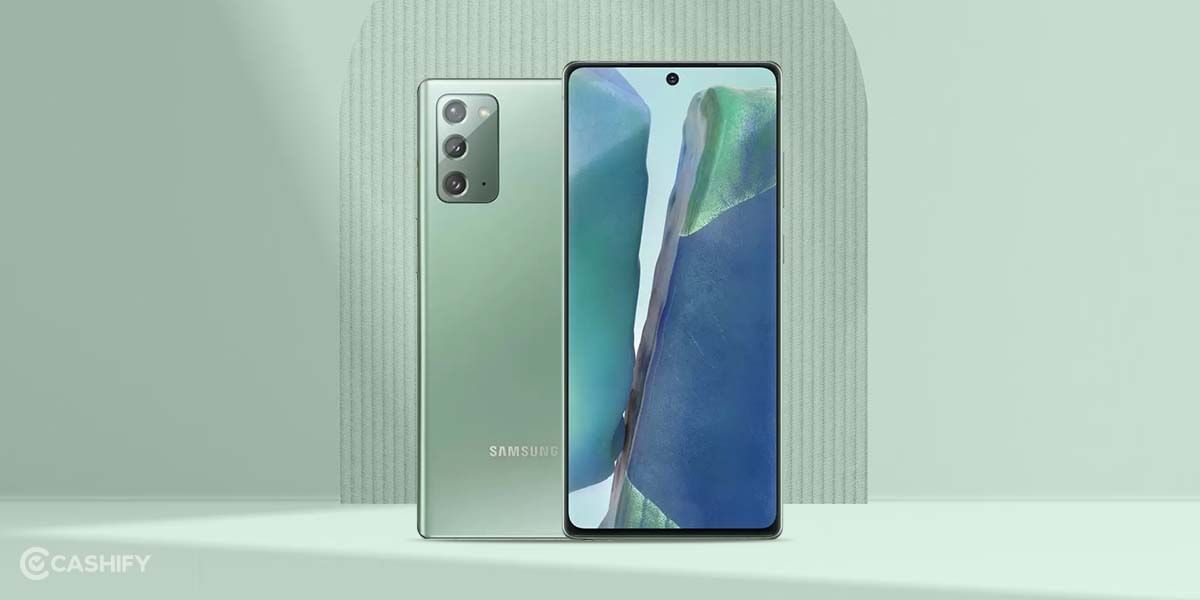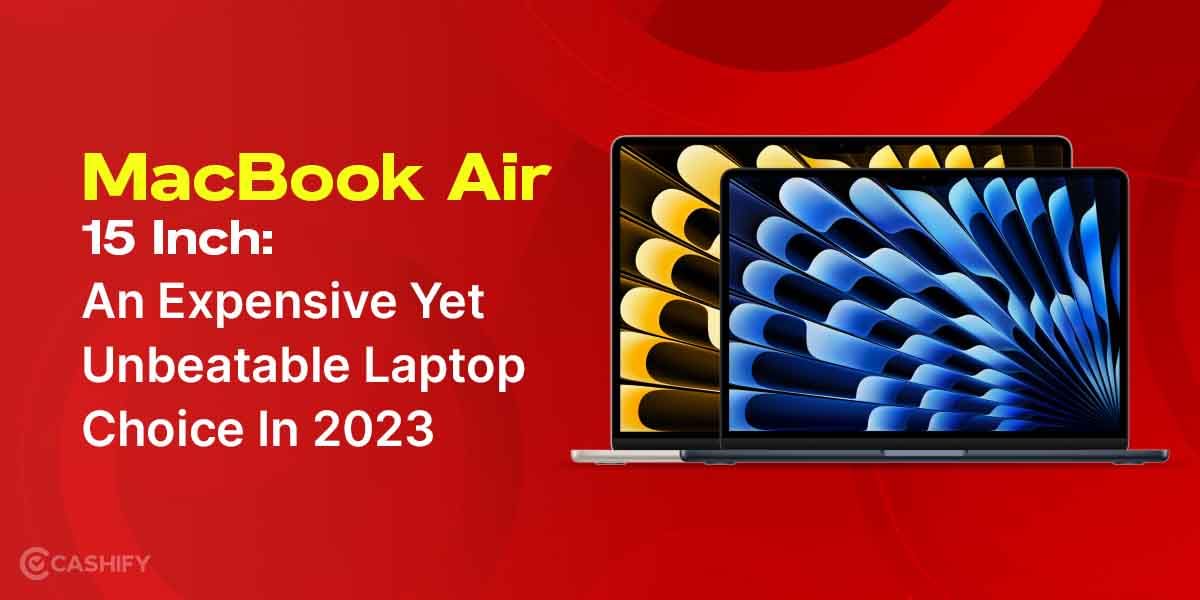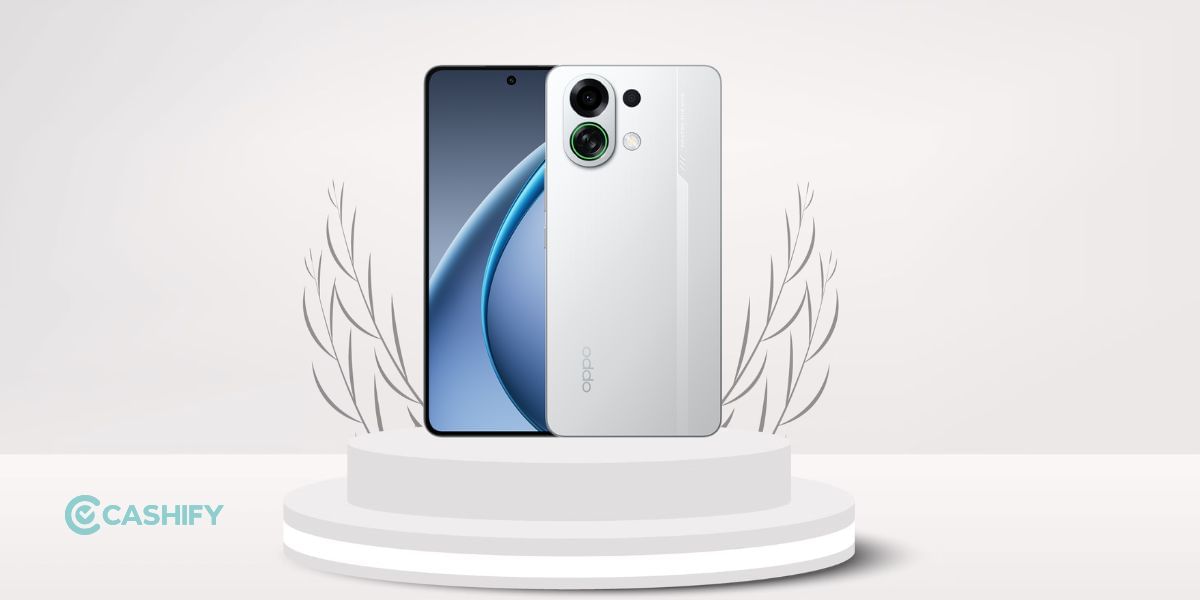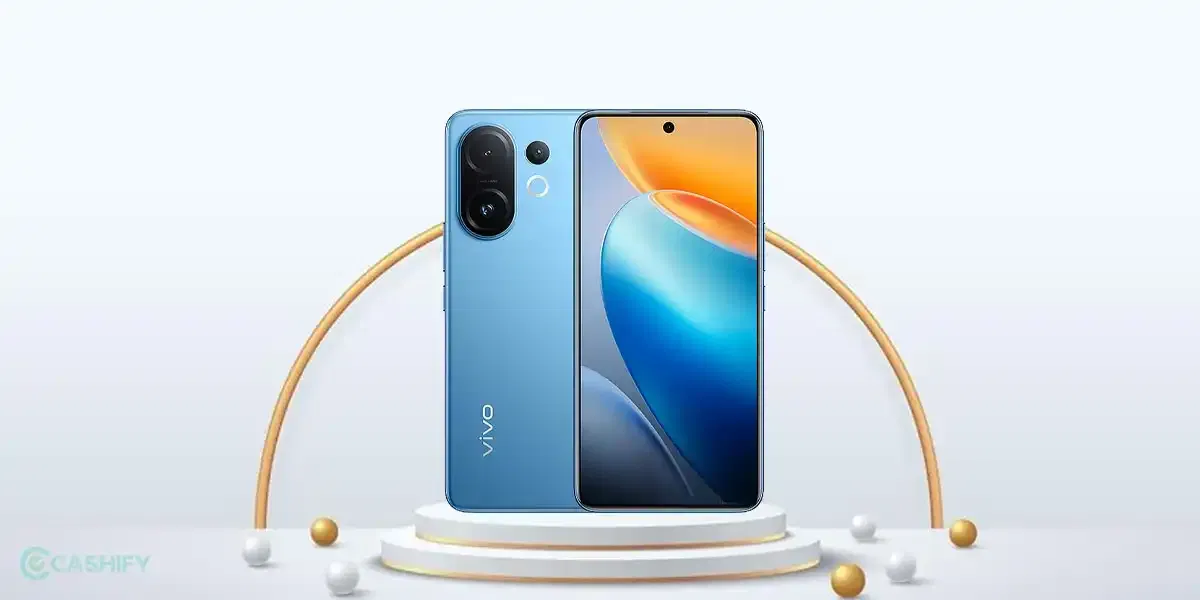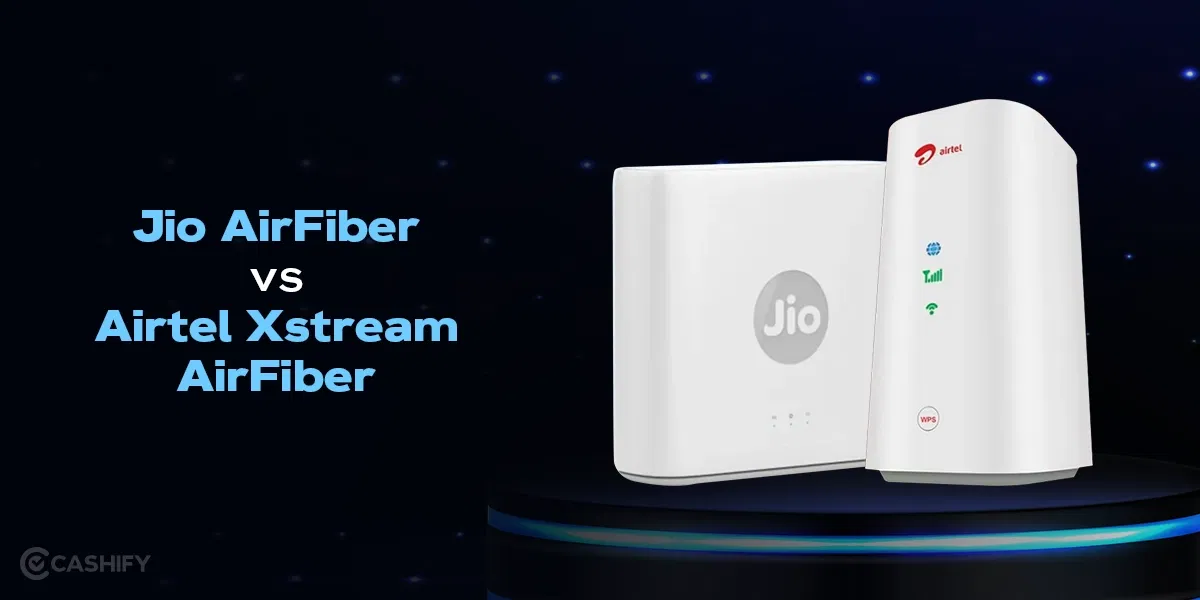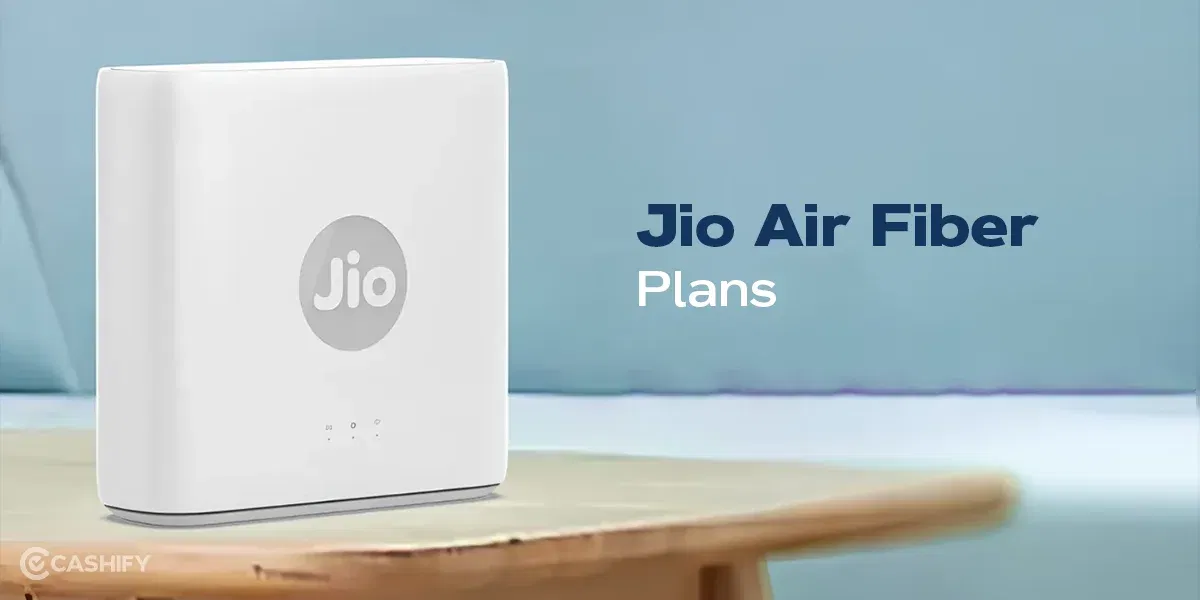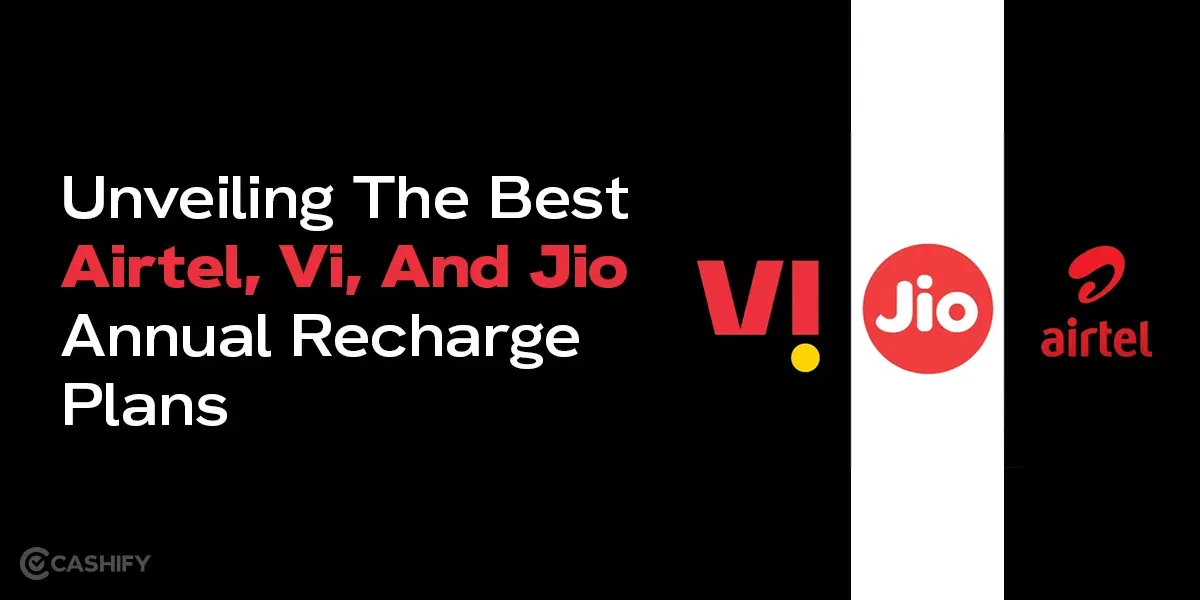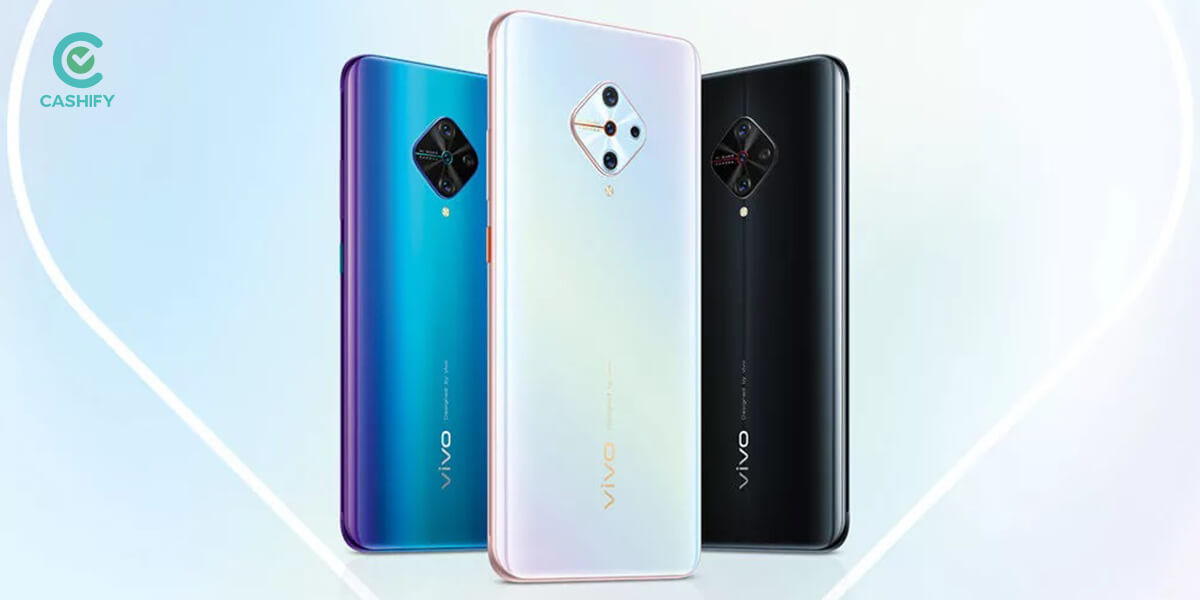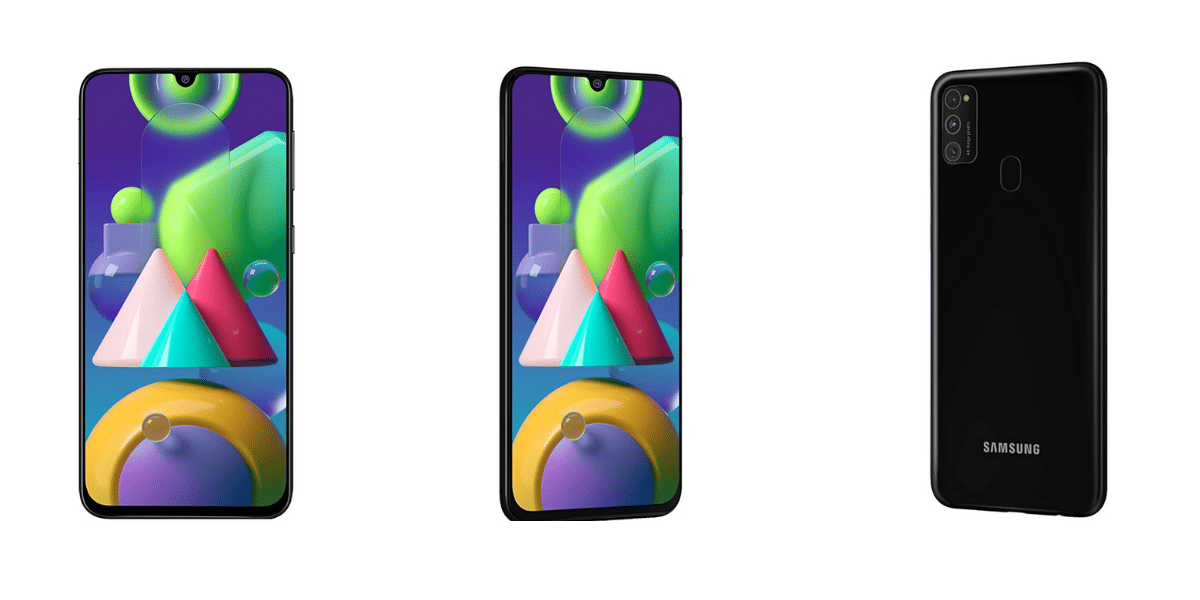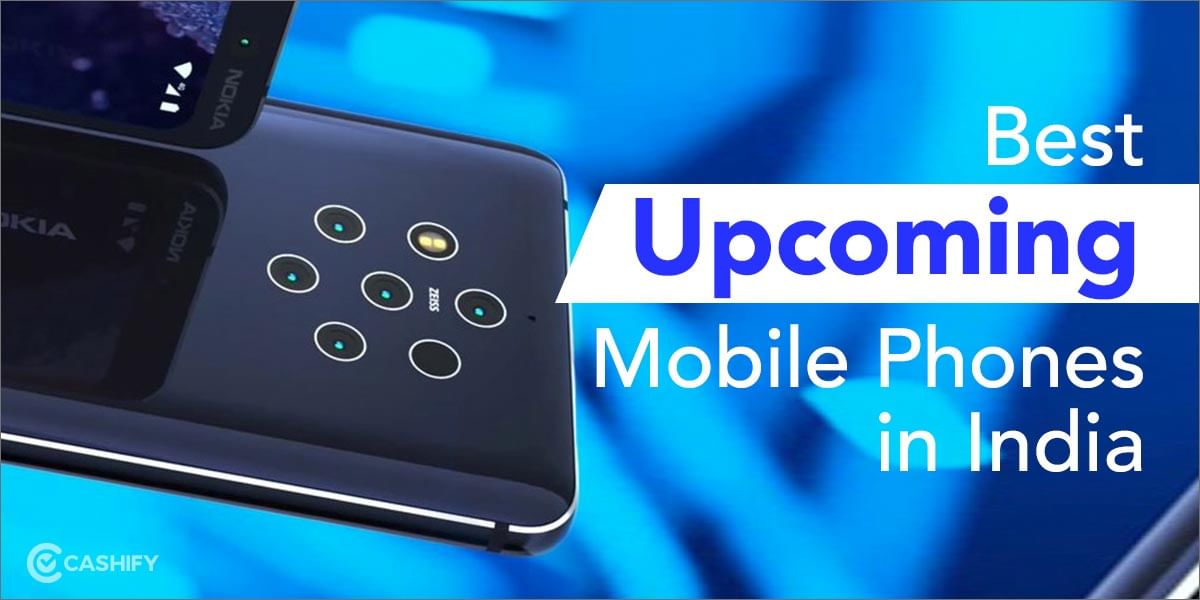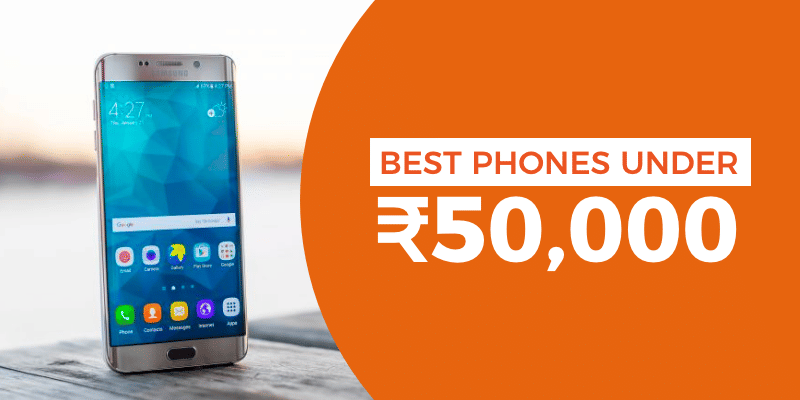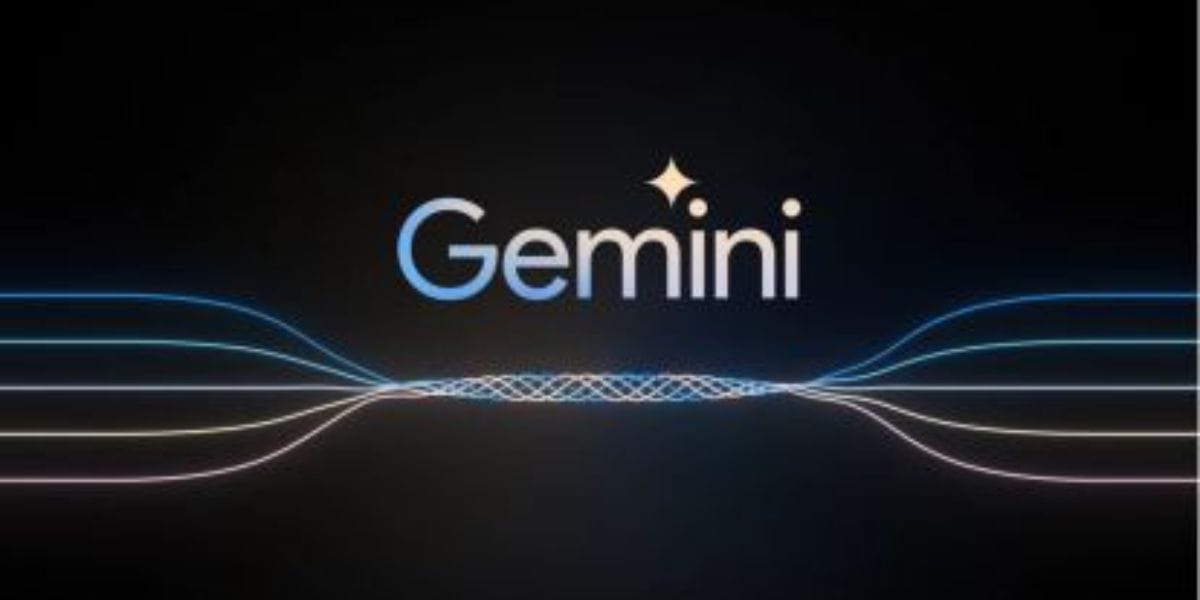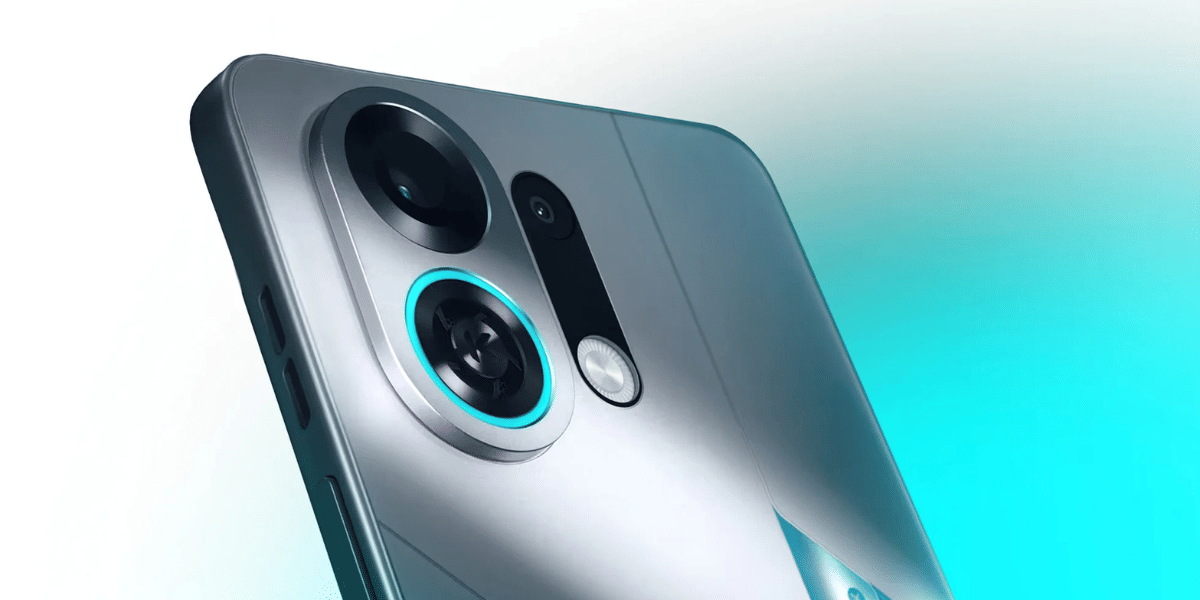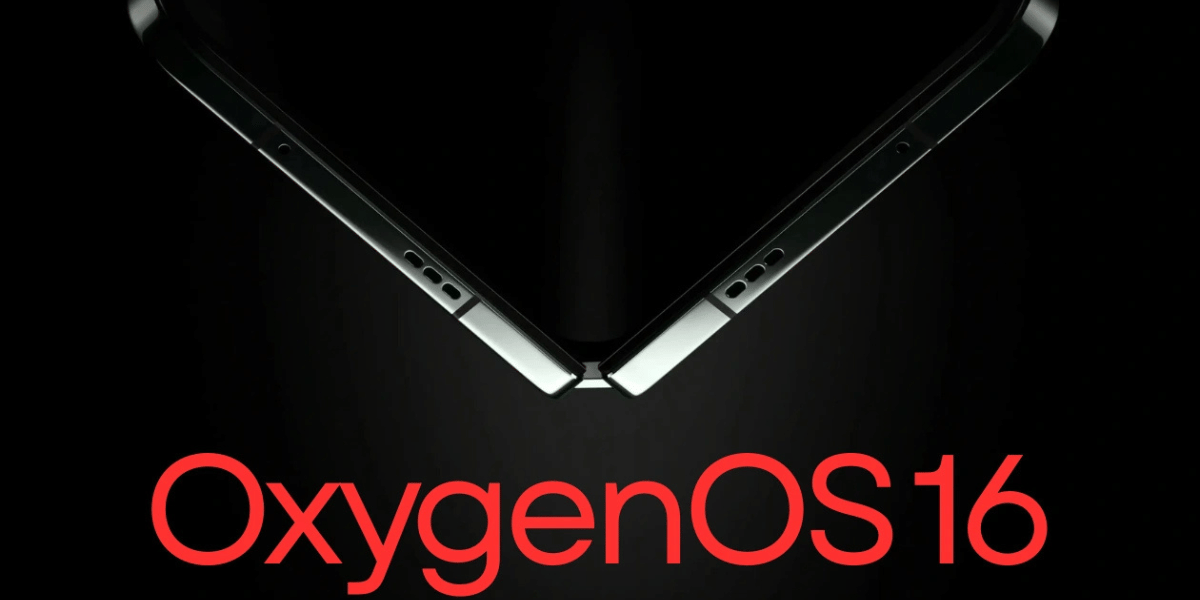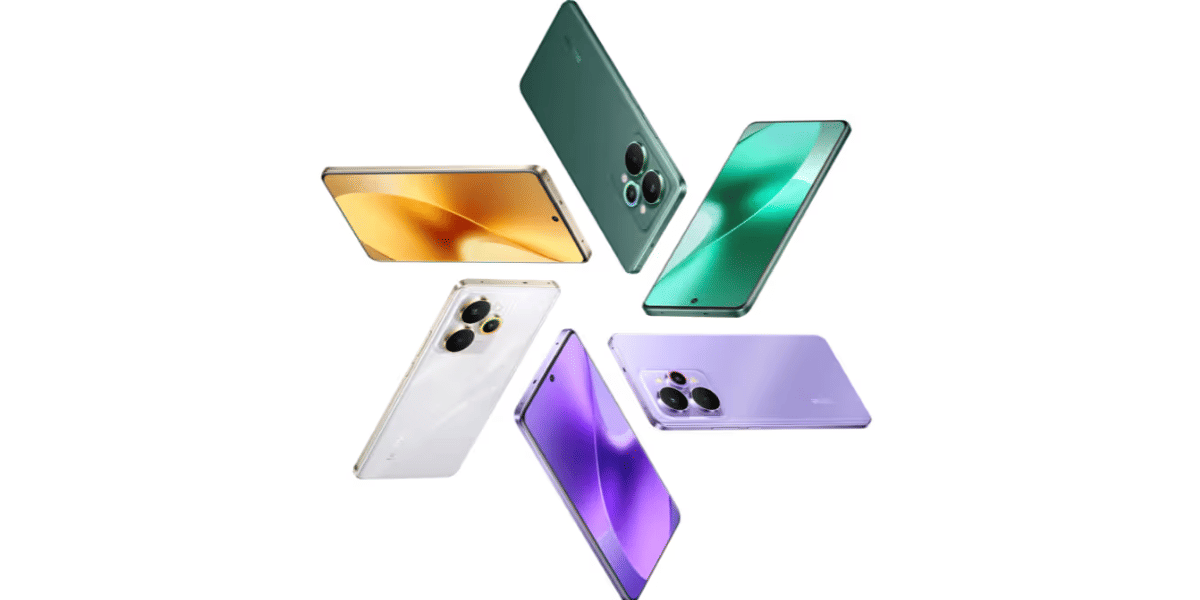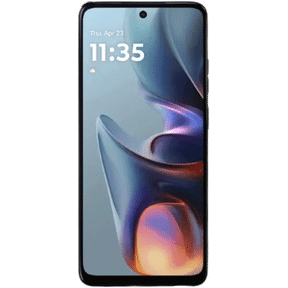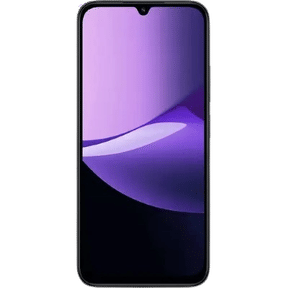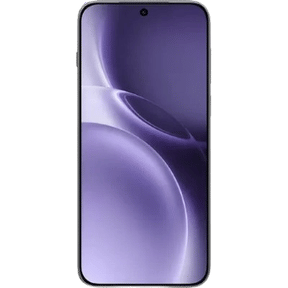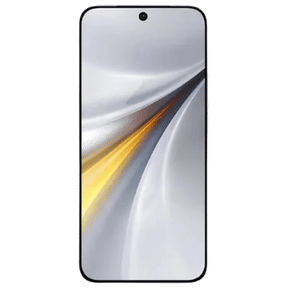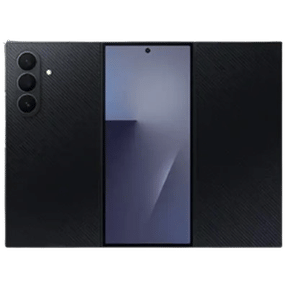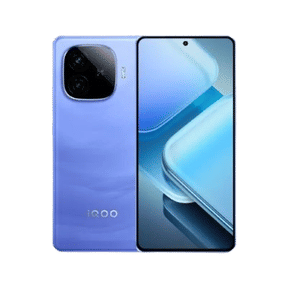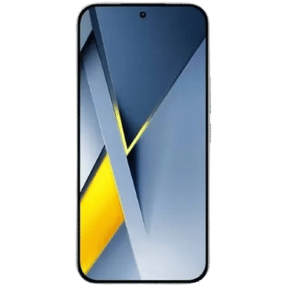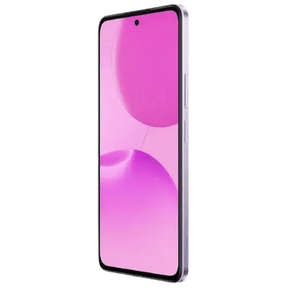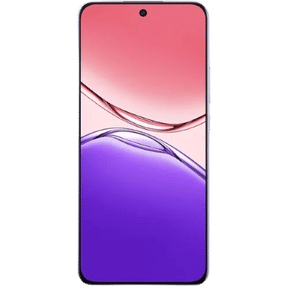Apple and Google both recently started manufacturing their in-house chipsets for their smartphones, the Apple A16 Bionic and Google Tensor G2, respectively are the latest ones. The newest Google Pixel 7 Pro features Google’s new Tensor G2 chipset, but how does it stack up against Apple’s A16 Bionic chipset found inside the iPhone 14 Pro?
Google Tensor G2 Vs A16 Bionic: Specifications
Here are detailed specifications comparison between Google Tensor G2 and Apple A16 Bionic.
| Google Tensor G2 | Apple A16 Bionic | |
| CPU | Octa-core CPU | Hexa-core CPU, 16 billion transistors |
| CPU Cores | 2x 2.85GHz (Cortex-X1)2x 2.35GHz (Cortex A78)4x 1.8GHz (Cortex A55) | 2x High-performance cores, 4x High-efficiency cores |
| Process Technology | Samsung’s 5nm process | TSMC’s 4nm process |
| GPU | Mali G710 GPU | Apple-designed 5-core GPU |
| Machine Learning and AI | Google Custom TPU | New 16-core Neural Engine; 17 TOPS |
| ISP | Google Custom ISP | Apple-designed New Image Signal Processor |
| Camera Capability | Cinematic Blur, 4K 60FPS on all cameras, 10-bit HDR support, Active Stabilization | ProRAW photos at 48MP, Photonic Engine |
| Video Capability | 4K 60FPS recording, Google HDRnet | 4K HDR Dolby Vision @ 60FPS, Cinematic 4K@24FPS, Action mode |
| Modem | Samsung G5300B modem | Qualcomm X65 5G Discrete Modem |
| WiFi Support | Wi-Fi 6E | Wi-Fi 6 |
| Bluetooth | Bluetooth 5.2 | Bluetooth 5.3 |
Google Tensor G2 vs Apple A16 Bionic: CPU And Benchmarks
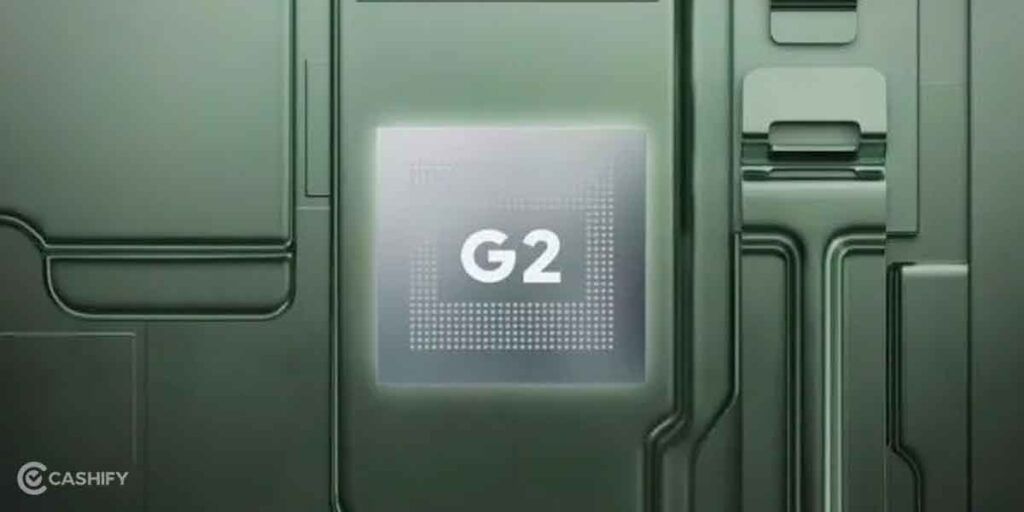
The Tensor G2 chipset includes four small efficiency cores (4x Cortex-A55) with a CPU running at 1.80GHz, two power cores (2x Cortex-X1) at 2.85GHz, two big efficiency cores (2x Cortex-A78) with a CPU speed of 2.35GHz, and two power-efficient cores (2x Cortex-X1). Google’s Tensor G2 chipset is almost identical to last year’s first-gen Tensor chipset with similar architecture but the Cortex-X1 and Cortex-A78 cores are clocked slightly higher.
In contrast, the A16 Bionic contains four efficiency cores (4x Sawtooth) that operate at 2.00GHz and two power cores (2x Everest) that operate at 3.46GHz. The A16 Bionic chipset’s two power cores are more powerful than the Tensor G2’s two power cores. This is due to the Tensor G2’s CPU cores being two years older than the A16 Bionic’s.
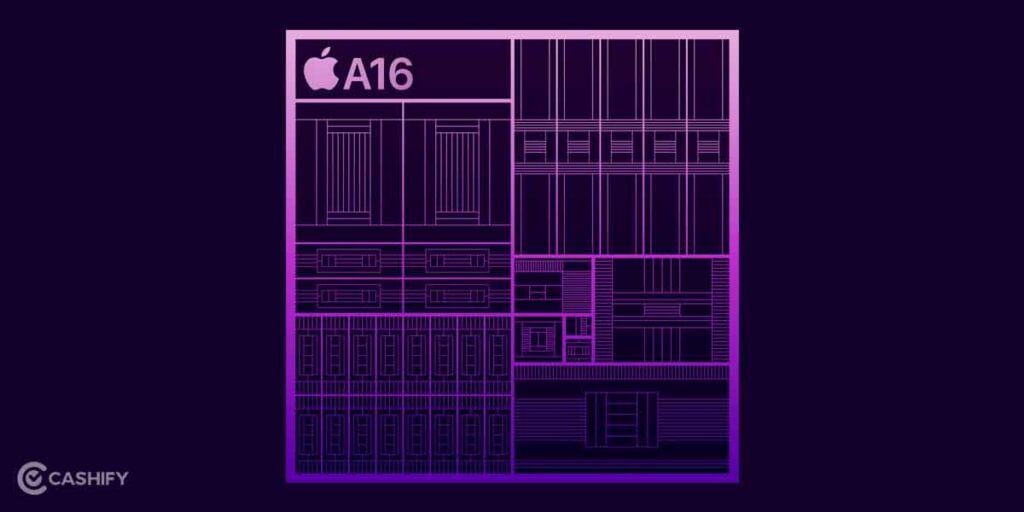
Additionally, the A16 Bionic’s efficiency cores are more recent and superior to the Tensor G2’s in terms of power efficiency. Note that this does not imply that the Tensor G2’s CPU cores are slow or inefficient in terms of power consumption. It simply indicates that the A16 Bionic chipsets are superior. The Google Tensor G2 and Apple A16 Bionic chipsets’ Geekbench scores are shown in the table below.
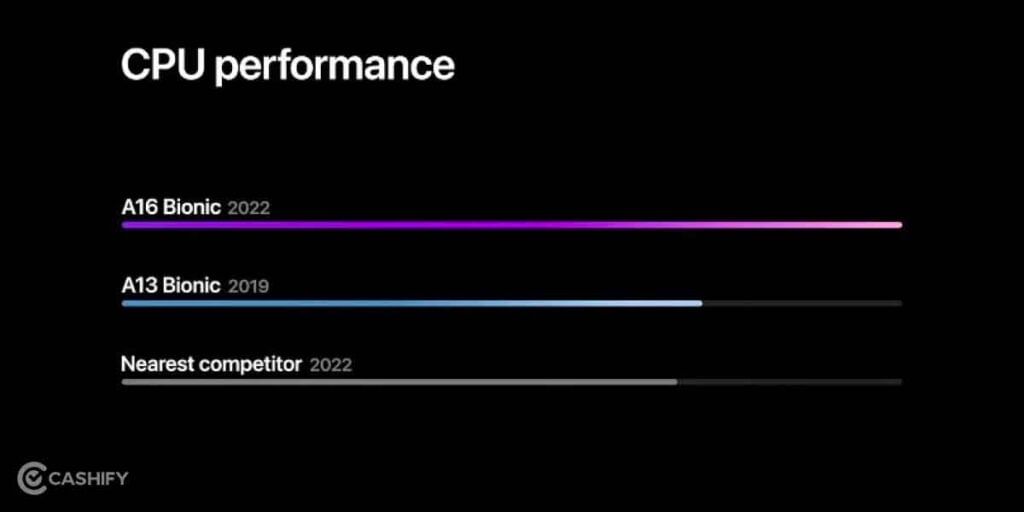
| Tensor G2 | A16 Bionic | |
| Geekbench Multi-core | 3186 | 5455 |
| Geekbench Single-core | 1071 | 1887 |
| Jetstream 2 | 107.7 | 248 |
| 3DMark Extreme (High) | 1854 | 3018 |
| 3DMark Extreme (Low) | 1521 | 2115 |
Google Tensor G2 vs Apple A16 Bionic: Technology & Power Management
Both Apple A16 Bionic and Google Tensor G2 chipsets are manufactured using different manufacturing processes. While the Tensor G2 is manufactured using Samsung’s 5nm process node, the A16 Bionic uses TSMC’s 4nm process. Chipsets using the 4nm process typically deliver and receive data quickly and efficiently. This results in speedier data transfer while using less power because the chipset’s components are close to one another and can easily and rapidly communicate.
However, the A16 Bionic chipset’s CPU performance is around 20% better than that of the competition (Tensor G2 inclusive). Also, the A16 Bionic’s power efficiency is also roughly 10% to 15% higher than that of the rivals. This indicates that the A16 Bionic chipset processes data more quickly while consuming less power. This explains how the iPhone 14 Pro series can run for up to 10 hours on a single charge delivering consistent excellent performance.
Also Read: A15 Bionic Vs A16 Bionic – What’s The Difference?
Google Tensor G2 vs A16 Bionic: AI and ML
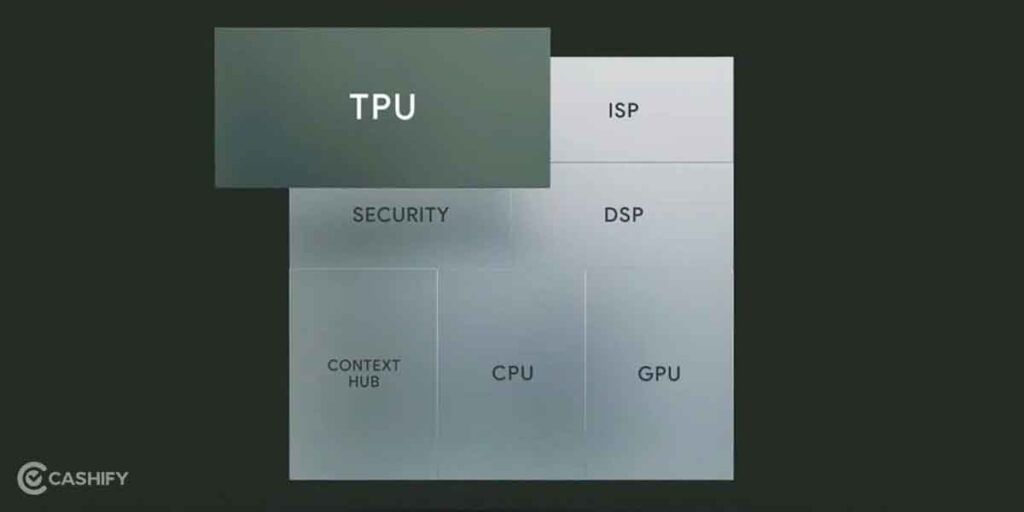
Google is a pioneer in offering an innovative set of features with its Pixel phones in the AI and ML space. Additionally, Google has introduced a new TPU (Tensor Processing Unit) to the Tensor G2 chipset, enabling your phone to access cutting-edge AI and personal intelligence features.
Google said during the keynote that the Tensor G2 chip’s 20% higher power efficiency allows machine learning to run up to 60% faster. With the Pixel lineup, you receive all the AI-driven capabilities, including speech recognition, conversation translation, voice aid, Pixel Call Assist, Call Screen, Super Res Zoom, etc., owing to its potent TPU.
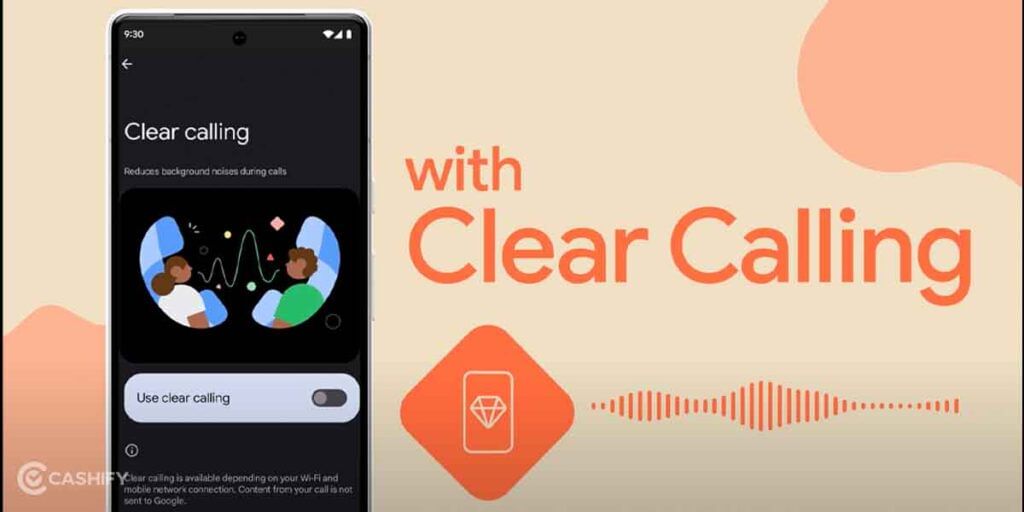
The A16 Bionic’s new 16-core Neural Engine from Apple, on the other hand, can carry out 17 trillion operations per second, which is useful for computational photography, voice assistance, pixel-by-pixel analysis, speech recognition, and other tasks. The Google Tensor G2 also prevails in this round because no other firm even comes close to Google in terms of providing intelligent and customized user experiences.

Google Tensor G2 vs A16 Bionic: Image Signal Processing (ISP)
The Google Tensor G2’s GPU performance is promising, but its CPU performance is behind that of the Apple A16 Bionic and Qualcomm Snapdragon 8+ Gen 1. Google excels in ISP, though as it controls both the hardware and software verticals, which explains why. The customized Google ISP enables dramatic background blur, 2x faster Night Sight photography, and 10-bit HDR support in addition to all the photo and video features. Along with 4K 60FPS video capability across all the cameras, active stabilization using both hardware and software is also included.

The A16 Bionic’s ISP is likewise highly sophisticated and capable of 4 trillion processes per shot. It supports Cinematic and Action modes to stabilize jittery recordings, and it powers the new Photonic engine to produce crisper, more vibrant photos.
Overall, I would say that both chipset ISPs are rather potent, but how well these hardware capabilities are utilized by the phone manufacturer ultimately depends on them. And it appears that Google is winning this game because of innovative and compelling camera features that matter to the user.
Also Read: Google Pixel 7 Vs Apple iPhone 14: Which Is Better?
Google Tensor G2 vs Apple A16 Bionic: Connectivity
Both chipsets offer a similar range of connecting possibilities. Although each chipset has a separate 5G MODEM inside, they both offer 5G connectivity. While the A16 Bionic uses the Qualcomm X65 5G MODEM, the Tensor G2 features the Samsung G5300B 5G MODEM.
NFC, Bluetooth 5.3, GPS, Ultra Wideband (UWB) compatibility, an online payment system, Wi-Fi 6E (Tensor G2), Wi-Fi 6 (A16 Bionic), and other connectivity options are also supported by both chipsets. However, the Emergency SOS via satellite (SMS sending/receiving) connectivity feature is only supported by the Apple A16 Bionic chipset.
Also Read: Apple iPhone 14 Pro vs Samsung S22 Ultra: Which Phone Should You Pick?
Final Verdict
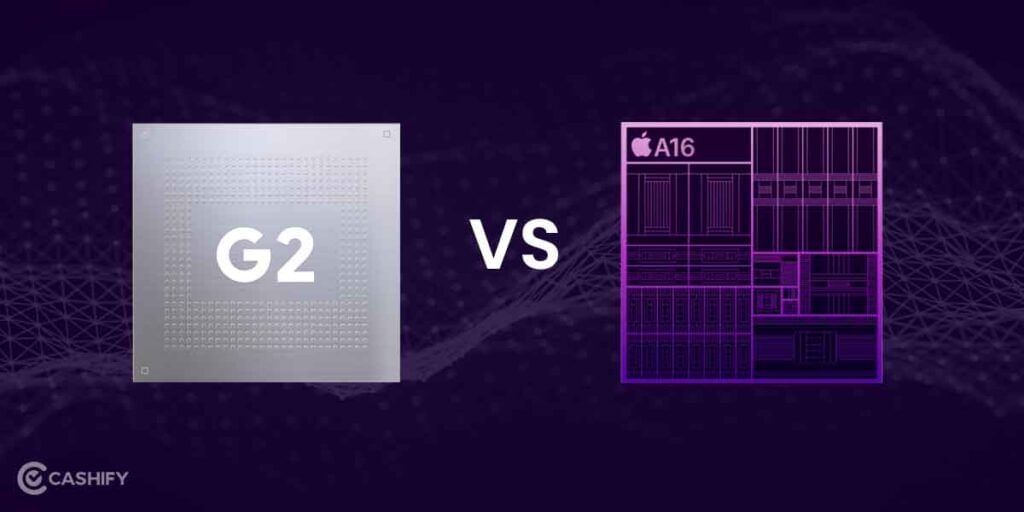
Which is superior between the Apple A16 Bionic and Google Tensor G2? IMHO the Apple A16 Bionic chipset is superior to the Google Tensor G2 processor in terms of performance and power consumption. This is because of A16 Bionic’s faster CPU and GPU cores. With Tensor G2, Google is trying to play safe by not fully utilizing the GPU to avoid thermal issues that it had occurred with the first gen Tensor chipset.
Despite not being as powerful as the A16 Bionic chipset, the Tensor G2 chipset makes up for it with excellent ISP and AI features. While retaining a chipset with respectable performance, these features are straightforward but incredibly helpful for regular users.
The truth is that purchasing a smartphone with the Apple A16 Bionic chipset is optimal for you if you are looking for smooth user experience with minimal complications. However, if you’re someone who enjoys photography, and looks forward to innovative AI and automation more than gaming, you’ll find the additional AI features of the Tensor G2 chipset to be incredibly helpful (just like I do).
Also Read: Google Pixel 7 Pro Features: What Makes The Smartphone Unique







